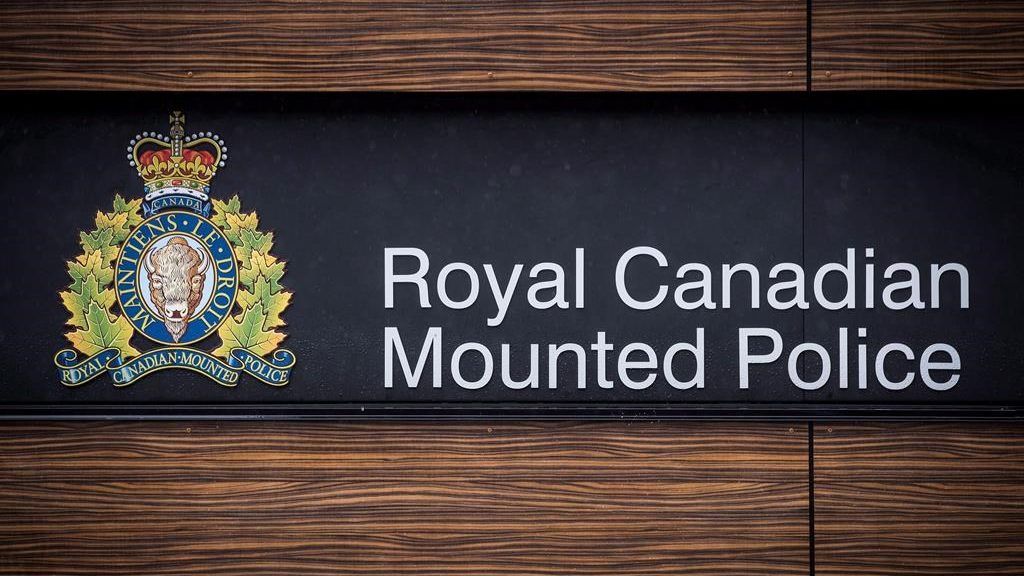Remember This? Halifax’s historic forts (2 photos)
Posted Mar 5, 2018 04:45:00 PM.
This article is more than 5 years old.
On a cold Sunday afternoon, Dr. Jonathan Fowler, Saint Mary’s University Associate Professor and historical archaeologist, gazes over the fence of the Royal Artillery Park on Sackville Street. He is eying a large, open patch of grass. It just so happens that large, open patches of grass, especially ones that may be hiding one of the five forts to first surround Downtown Halifax, are ripe for archaeological geophysics and excavation.
In 1749, the town of Halifax was surrounded by a wooden palisade which linked together five forts: Horseman’s Fort, Cornwallis’s Fort, Citadel Fort, Fort Luttrell and Fort Grenadier. While none of these five forts survive above ground, their approximate locations have been ascertained by Dr. Jonathan Fowler through overlaying historic 18 th century maps, such as a 1755 French spy map of Downtown Halifax, onto modern base layers and satellite imagery.
Horseman’s Fort, at the South Gate of the early town, is located underneath the intersection of Spring Garden Road and Barrington Street. Although some traces of Horseman’s Fort could possibly be discovered through archaeological excavation, they would have gone through the proverbial wood chipper, at such a busy modern intersection, according to Dr. Fowler.
Cornwallis’s Fort, named for the controversial founder of Halifax, sits mostly underneath the Royal Artillery Park, at the corner of Sackville Street and Brunswick Street. Of all of the five forts to surround Downtown Halifax in 1749, Cornwallis’s Fort has the highest potential for underground preservation.
“I would encourage our friends in the military community who are heritage minded to reach out to archaeologists to see what we can do to co-operate to learn more about those resources and protect them,” says Fowler.
Citadel Fort is masked by Fort George on Citadel Hill.
Fort Luttrell lies mainly underneath the former site of the Canadian Blood Services building (the future home of the Mi’kmaw Native Friendship Centre). It is possible that parts of Fort Luttrell were capped by the movement of soil during early modifications to Citadel Hill.
Fort Grenadier, located at the site of today’s Delta Halifax, is the least likely of the five to survive in any form.
Having determined the rough position of each fort, the next step for Jonathan Fowler would be to employ archaeological geophysics.
“Broadly speaking, geophysics is the use of, often, electro-magnetic properties of the soil to detect buried features. Over the last couple of decades, a number of us in the archaeology community here in Atlantic Canada have been experimenting with these techniques.”
Dr. Fowler, together with archaeologists Sara Beanlands and Steve Garcin of Boreas Heritage Consulting Inc., owns a Ground Penetrating Radar unit which can ‘see’ upwards of two metres below the surface. GPR surveys can be conducted in a day and paired with other geophysical devices and methods, for instance the EM38B which measures the electro-magnetic conductivity and susceptibility of soils.
With interest in local archaeology continuing to grow, now is the time to pinpoint and protect underground resources in historic Downtown Halifax and beyond.
David Jones is an archaeologist and historian from Dartmouth, Nova Scotia. Thursdays at Noon, David has a weekly thirty minute history segment on The Rick Howe Show, NEWS 95.7.










